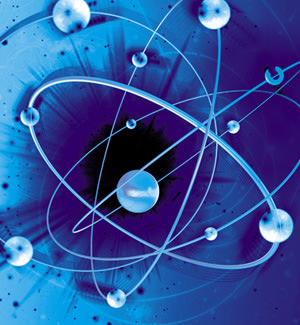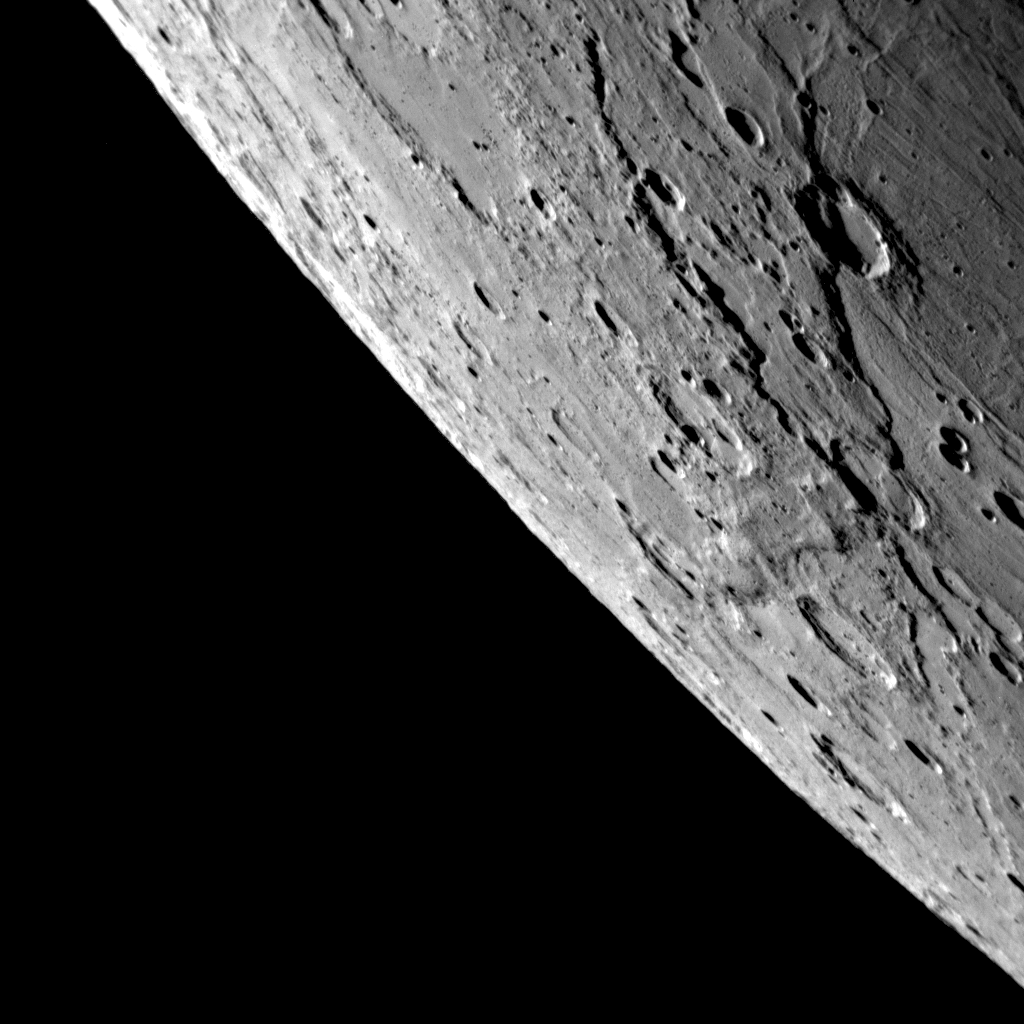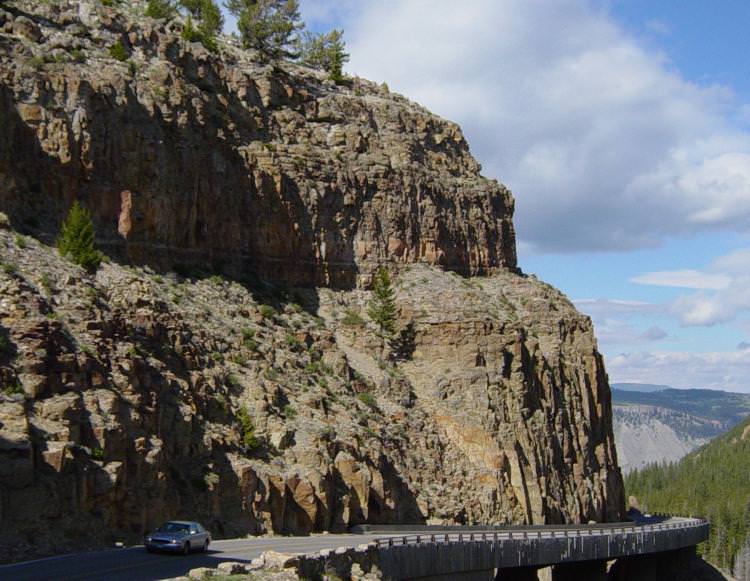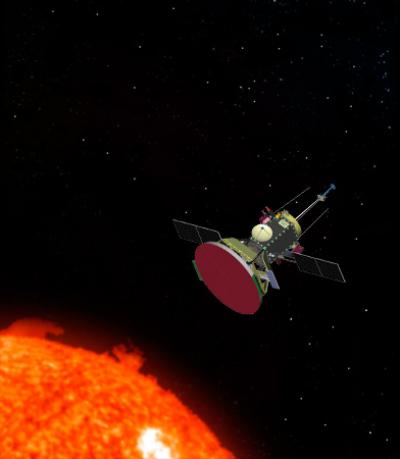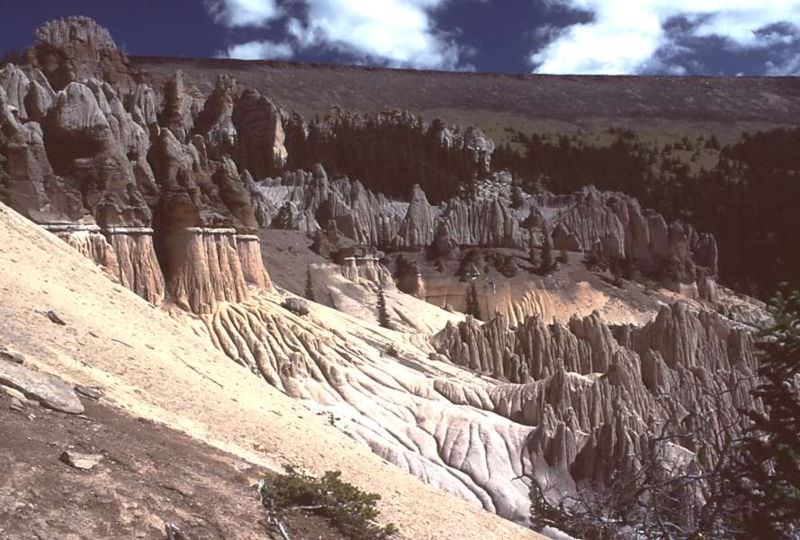[/caption]
The interior of Mercury is remarkably similar to the interior of our own planet Earth. Like Earth, Mercury has a crust, mantle and core. But there are many differences between our two planets as well.
But when you look at Mercury, it appears very similar to our own Moon. It has the same rugged terrain and numerous impact craters. But Mercury has a very different interior from the Moon. When NASA’s Mariner 10 spacecraft made its flyby of Mercury in 1974, it helped astronomers calculate that Mercury is the second densest planet in the Solar System after Earth. In fact, if Mercury were the size of Earth and had our mass and gravity, it would be even more dense.
At the heart of Mercury is it’s core. This is a ball of liquid iron and other metals that measures approximately 3,600 km across. Considering the fact that Mercury itself is only 4,879.4 km across, the planet’s core accounts for 42% of its volume. Compare this to the Earth’s core, which only accounts for 17% of our planet’s volume.
Astronomers only learned recently that Mercury’s core is liquid, and not solid as originally theorized. They did this by studying how radio signals bounce off the surface of Mercury. They found that wobbles in the planet’s rotation matched predictions only if Mercury’s core was liquid.
Surrounding the core of Mercury is the mantle. Similar to Earth, this mantle consists of silicates, but it only measures 500-700 km thick. Compared this to the Earth’s mantle, which accounts for most of the volume of the planet.
And surrounding Mercury’s mantle is its crust. A region of the planet the measures between 100-300 km thick. Unlike the Earth’s crust, Mercury’s crust has no plate tectonics, so it doesn’t have plates that float above the interior of Mercury. Without these plate tectonics, even impact craters billions of years old are preserved on the planet’s surface.
We have written many stories about Mercury here on Universe Today. Here’s an article about a the discovery that Mercury’s core is liquid. And how Mercury is actually less like the Moon than previously believed.
If you’d like more information on Mercury, check out NASA’s Solar System Exploration Guide, and here’s a link to NASA’s MESSENGER Misson Page.
We’ve also recorded an entire episode of Astronomy Cast all about Mercury. Listen here, Episode 49: Mercury.




